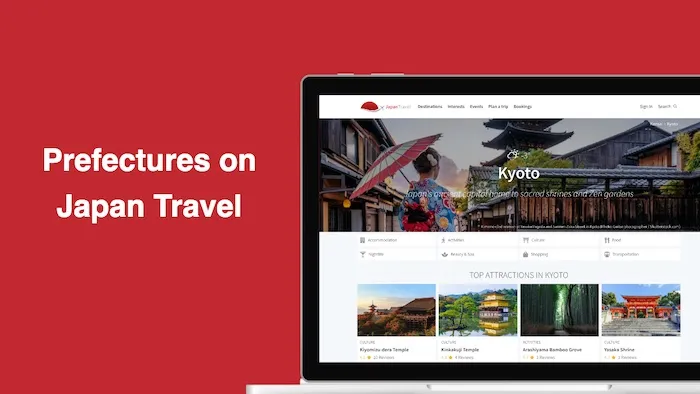Visiting Kumamoto to join a panel discussion on regional tourism efforts
Last month I visited Kumamoto City to join a panel discussion on how the region can continue its recovery in context of inbound tourism.
The city is exploring measures how inbound tourism can help Kumamoto and how it has been performing, with tourism bodies and local businesses invited to talk and discuss the trends, initiatives and a way forward.

In the wake of the April 2016 earthquakes, Kumamoto has bounced back relatively strong with major infrastructure restored and normal life resuming for many.
But some rebuilding is still ongoing and many projects, such as the restoration of its symbol—Kumamoto Castle—will take considerable time, as much as 20 years according to official estimates.
Tourism is seen as being key to Kumamoto’s continuing recovery, with buzzwords like ‘inbound’ (インバウンド) and ‘explosive shopping’ (爆買い) now embedded in the nation’s vernacular since being identified by the media back in 2015.
Road to the World Cup
Though the Olympics are looming in 2020, all eyes here are on the Rugby World Cup 2019, which will not just bring the tournament to Japan (and indeed Asia) for the first time, but also in particular two fixtures to Kumamoto City.

With the tournament lasting 6 weeks, this represents a unique opportunity to target longer-term stays in the region.
One example of this could be ‘slow-travel’ walking tours, with a strategy including 6-day trekking experiences like this in the Aso region.
Longer stays obviously keep tourists consuming local products and services, but also perhaps represent a good bet on the emergence of experience travel but also a resurgence of interest in countryside and mountain trekking, thanks to both word-of-mouth advertising but also the influence of overseas media, like ITV’s ‘Joanna Lumley’s Japan’ — known to UK/Australian markets.
Such rural trekking opportunities like Aso provides, as well as locations like Nakasendo and theKumano Trail, offer a fascinating glimpse into Japan’s past, alongside the opportunity to meet ‘real’ local Japanese — an area I alluded to in my discussions with the audience in Kumamoto.
Connecting with the locals
In a region that is generally seeing an upwards surge, Kumamoto is doing well but surprisingly losing out to its neighbours. This perhaps represents a feeling that the city is often considered just a temporary stop between Kagoshima to the south and Fukuoka to the north, or does not require an overnight stopover.
But from experience, Kumamoto hits all the right notes in terms of attractions (Kumamoto Castle, Reigan-do Cave, Kurokawa Onsen, Mt Aso or Suizenji Park), cuisine (Kumamoto ramen, Aka-ushi beef, basashi/horsemeat and smaller but fun delicacies like Karashi Renkon) and nature (Mt Aso and the Aso-Kuju National Park). And let’s not forget Kumamon either!

Raw horsemeat might not qualify for any promotional campaign to overseas visitors, but the local ramen does — and how many people truly know Kumamoto as the real home of tonkotsu ramen too? Why can’t Karashi Renkon be marketed as a fun, food challenge to introduce to foreign visitors?
Any visit though to Kumamoto would be remiss without the chance to meet the locals — who are not just resilient but take great pride in this beautiful region of the country.
Connecting through their stories can create the best momentum for driving regional demand, for example providing minpaku opportunities, agricultural experiences or, in the case of Kumamoto, meeting those who live towards Mount Aso’s caldera area. Experiences, like horse-riding in the foothills of Mt Aso, are very much a part of this and also one of the biggest growth areas in travel, alongside the growth of repeat visitors.

Looking at the data
An Expedia report from 2017, reveals some interesting insights, alongside the overall yet familiar headlines such as growth in mobile, repeat visitors, growth of secondary cities.
In terms of inbound visitors, Asian visitors led the pack, with Hong Kong, Taiwan and South Korea among the Top 5 inbound feeder markets, tallying with many a conversation had with hotel and restaurant operators in the region. There is no sign of this growth slowing down either, though events like the Rugby World Cup will likely see a different kind of visitor — with UK and Australia always key markets (and ‘France vs Tonga’ and ‘Wales vs America’ fans likely in town too for these Kumamoto fixtures).
Expedia also showed Kyushu seeing the fastest rate of growth amongst all Japan prefectures, with Kagoshima, Oita and (nearby) Okayama, dominating the Top 3 for fastest-growing destinations.
All this represents a phenomenal opportunity to Kumamoto — and Kumamoto Airport’s own data showed both domestic and international visitors rebounding very well.
How Kumamoto can continue to grow will require strategic planning and careful promotion — with the Rugby World Cup and Olympics on the way, likely a similar conversation is being conducted in many of Japan’s local governments, on how to capitalise on an inbound market likely to break 30 million international visitors for the first time in 2018.
Note: Expedia’s report uses 2016 data which likely adversely penalises Kumamoto’s own ranking for that year.
Thanks for reading,
Helping Kumamoto with Inbound Tourism

